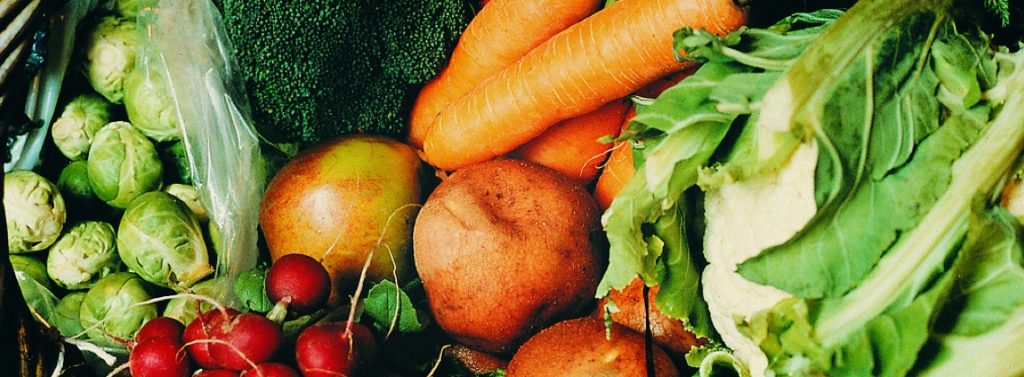You are where you eat: Foodie Guide reveals simple ways to eat more sustainably

Food sustainability is becoming an increasing concern for Brits[1]– 88% UK adults choose to buy seafood from sustainable sources according to a 2018 poll. People are adapting their eating habits to make sure they’re not only getting a balanced diet from a nutritional perspective, but also making choices that will protect the environment in the process. But, with the abundance of information and advice available on how to make sustainable decisions, consumers might find it hard to filter the right information. UK range cooker brand Leisure teamed up with leading food experts and some of the most popular UK local brands to gather the latest insights on how to make sustainable, quality choices when it comes to the main food groups.
Local and seasonal fruit and veg is best, but there’s a catch
As an essential part of a healthy diet, fruit and veg are available in a wide variety in UK supermarkets, which might make it tough for consumers to make informed, sustainable choices. Considering this, The Soil Association, UK’s largest organic certification body, and two of UK’s most popular fruit and veg box brands, Riverford and The Organic Pantry, shared their insights on how to buy good quality, sustainable food. Supporting local growers is one of the key aspects the experts mentioned in terms of sustainability, with the Soil Association having developed a tool that allows consumers to research local independent retailers[2].
Buying local is the most sensible approach in most cases, but there are exceptions: ‘Fruit and veg we eat all year round such as tomatoes are often going to be air freighted or grown in heated greenhouses. We extend the growing season slightly using polytunnels but don’t use artificial heat or light, and focus on growing for flavour’, states popular veg box brand, Riverford. From an environmentalist point of view, they caution consumers to think about all the aspects involved in the ‘farm to fork’ journey: ‘The huge amounts of heat used in glass hothouses is produced by burning gas or oil. For every kilo of tomatoes grown in this way, 2-3 kilos of CO2 are released into the atmosphere. When we can’t grow tomatoes at home without heat, we truck them over from Spain. This uses just a tenth of the carbon compared with growing them in the UK using heat.’
While seasonal, local produce is the main aspect that impacts sustainable fruit and veg choices, consumers are encouraged to look carefully at labels and packaging. This involves getting advice not only on where food comes from, but also if it’s been grown in an environmentally responsible way.
Read more here: https://www.leisurecooker.co.uk/inspiration/the-foodie-guide/the-veg-lover-guide




